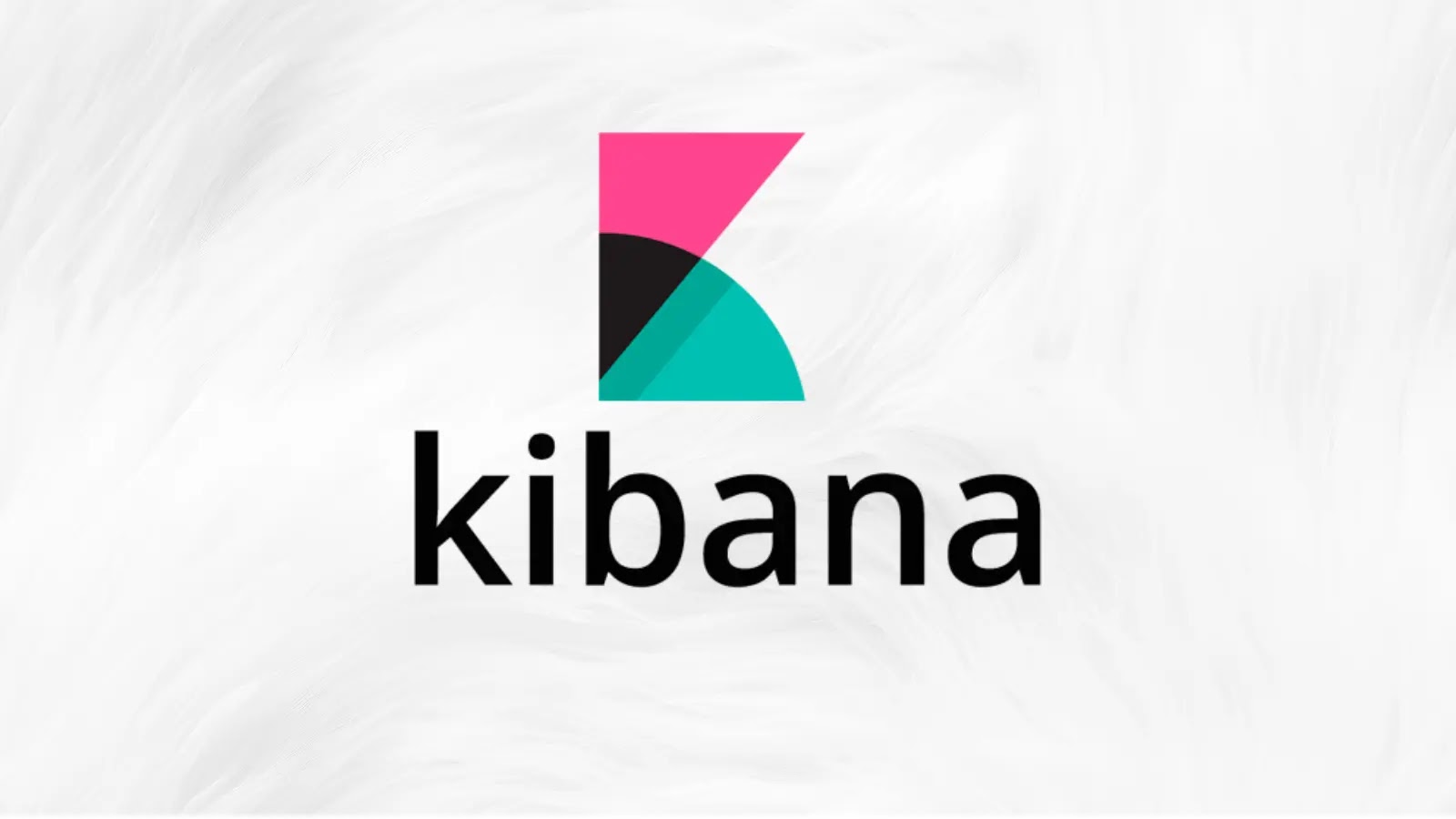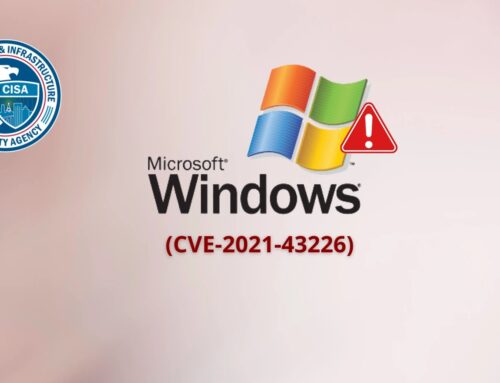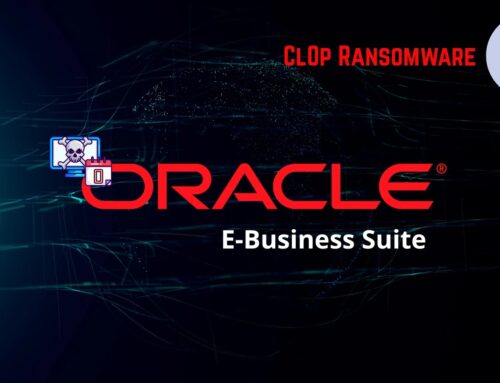
Kibana Crowdstrike Connector Vulnerability Exposes Protected Credentials
A recent security advisory from Elastic has brought to light a significant vulnerability within the Kibana CrowdStrike Connector. This medium-severity flaw, identified as CVE-2025-37728, poses a risk of exposing sensitive CrowdStrike credentials. For organizations relying on this integration, understanding the implications and implementing timely remediation is crucial to maintaining a strong security posture.
Understanding CVE-2025-37728: The Kibana CrowdStrike Connector Vulnerability
The vulnerability, officially tracked as CVE-2025-37728, allows for the potential exposure of cached CrowdStrike credentials. Specifically, a malicious actor who gains user-level access within a Kibana environment could exploit this flaw to retrieve the sensitive CrowdStrike API keys and authentication tokens of other users present in the same system. This means that while direct remote exploitation might be limited, the vulnerability significantly elevates the risk once an attacker has established a foothold.
The core issue lies in how the Kibana CrowdStrike Connector handles and stores these credentials, making them accessible under specific conditions to unauthorized parties within the same environment. Elastic’s advisory emphasizes that multiple versions of Kibana are impacted, making a broad range of installations susceptible to this exposure risk.
Impact of Exposed CrowdStrike Credentials
The exposure of CrowdStrike credentials can have severe consequences for an organization’s security. CrowdStrike Falcon, a leading endpoint protection platform, grants extensive control over endpoints and holds sensitive data related to threat detection and response. Should an attacker gain access to these credentials, they could potentially:
- Access and manipulate security configurations: Disable security controls, alter detection rules, or deploy malicious configurations.
- Exfiltrate sensitive data: Leverage access to endpoints to steal proprietary information, intellectual property, or personal data.
- Undermine incident response efforts: Impede or completely disrupt ongoing investigations by manipulating logs or system states.
- Gain further system access: Use the compromised credentials as a stepping stone to lateral movement within the network, escalating privileges and compromising additional systems.
The ability of one user to access the cached credentials of another user within the same Kibana environment highlights a critical internal security weakness that requires immediate attention.
Affected Kibana Versions
Elastic’s security advisory details the specific versions of Kibana that are vulnerable. While the initial reporting indicates “multiple versions,” users should refer directly to the official Elastic security advisory for a precise list. It is imperative for all organizations running Kibana installations integrated with CrowdStrike to verify their current version against the affected list.
Remediation Actions
Addressing CVE-2025-37728 requires prompt action. Here are the critical steps organizations should take:
- Immediate Patching and Upgrades: The primary remediation is to upgrade Kibana to a version where this vulnerability has been fixed. Consult Elastic’s official security advisory for the specific patched versions relevant to your deployment. Prioritize these upgrades in your maintenance schedule.
- Credential Rotation: As a precautionary measure, all CrowdStrike API keys and authentication tokens used with the Kibana Connector should be rotated immediately after patching. This ensures that any potentially compromised credentials are no longer valid.
- Review Access Controls: Implement and enforce the principle of least privilege for all users interacting with Kibana, especially those with access to connectors. Regularly review and audit user permissions to ensure only necessary access is granted.
- Monitor for Suspicious Activity: Enhance monitoring for unusual access patterns or activities within both Kibana and your CrowdStrike Falcon environment. Look for
unauthorized API calls, configuration changes, or data exfiltration attempts. - Educate Users: Remind users about the importance of strong, unique passwords and the risks associated with suspicious activity.
Security Tools for Detection and Mitigation
Leveraging appropriate security tools can aid in detecting potential exploitation and strengthening your overall security posture against such vulnerabilities.
| Tool Name | Purpose | Link |
|---|---|---|
| CrowdStrike Falcon Platform | Endpoint detection & response, threat hunting, API activity monitoring. | CrowdStrike |
| Elastic Stack (Elasticsearch, Kibana) | Log management, security analytics, SIEM for detecting unusual Kibana/Connector activity. | Elastic |
| Vulnerability Scanners (e.g., Tenable.io, Qualys) | Identify outdated software versions and known vulnerabilities in your infrastructure. | Tenable.io |
| Identity and Access Management (IAM) Solutions | Enforce least privilege, manage user identities, and monitor access. | N/A (vendor-specific) |
Conclusion
The CVE-2025-37728 vulnerability in the Kibana CrowdStrike Connector serves as a pertinent reminder of the continuous need for vigilance in cybersecurity. Organizations must prioritize applying patches and critically review their internal security practices. Prompt action, including upgrades, credential rotation, and enhanced monitoring, is essential to mitigate the risks associated with exposed CrowdStrike credentials and protect critical security infrastructure.





